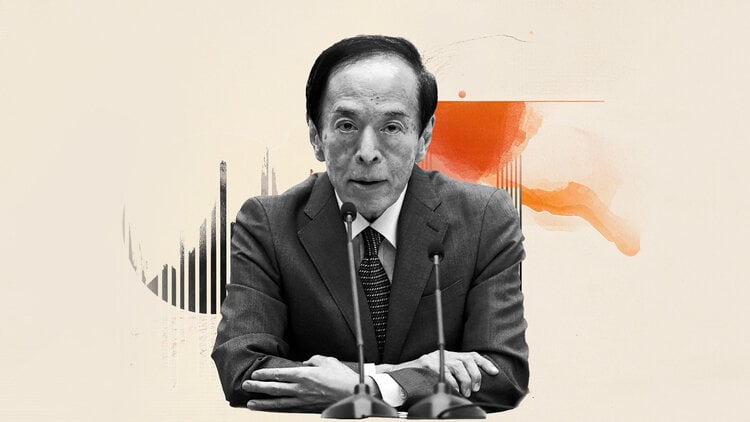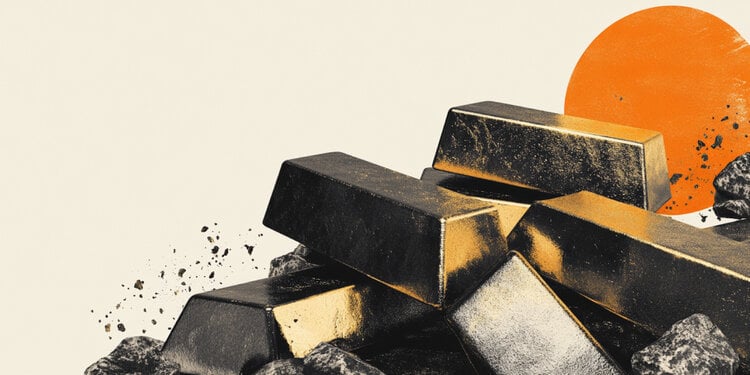The Great Green Wall ”is a road-trip whose main characters are the Great Green Wall that the Sahelian countries and their partners have decided to build throughout the 7,000 km from Dakar to Djibouti over a 15 km wide strip. and women met during this journey whose common thread is Inna Modja, and finally the Franco-Malian singer herself through her observations, her conversations and her reflections. Proof of the importance of this Great Green Wall project, which gave Jared P. Scott’s documentary its title: the recent One Planet Summit, a biodiversity summit held in Paris on January 11, decided , at the initiative of France, to collect new financial commitments to the tune of 10 billion dollars. This decision came at a time when, with only 4 million hectares developed out of the 100 million targeted by 2030, the Great Green Wall project needs to largely supplement the few meager $ 200 million mobilized since. the start of the initiative in 2007. At Point Afrique, Inna Modja gave an interview where she opened up about what this colossal work inspires in her, which can change the fate of the Sahel and its populations.
You crossed Africa to walk along this Great Green Wall. What struck you first?
Inna Modja: First, the resilience of populations, both in large cities and in rural regions of the Sahel, which bear the brunt of the very difficult impact of climate change. What struck me second is the way in which the men and women of these regions manage to hold on and project themselves into the future.
What impression do you have of the level of awareness of the authorities as to the importance of this Great Wall?
Awareness is progressing significantly and important work is being undertaken in this direction. This project was launched in concrete terms in 2007. Some countries are very advanced, such as Senegal, others much less. The idea now is to look to the future and determine how to ensure that this Great Green Wall is completed in 2030. There is still a long way to go because, in 10 years, only 15% has been completed. This is to say what awaits us in the next decade. Each country will have to work harder.
How do you feel the people about this project? Do you feel they are involved, discouraged or in a position of challenge?
They are in a position of challenge. There are countries where the populations have taken the measure of what the Wall represents, there are others where it is exactly the opposite. The project should be made known to as many people as possible. There is a lot to do and not just in Africa. The Great Green Wall is certainly an initiative of the African Union but it will be beneficial for the whole world. With millions of trees planted at the end, it will be the tallest man-made structure in the world. The trees will absorb as much CO2 as if we parked all cars in California for three and a half years. That is to say… The benefit will therefore be from an environmental point of view for the entire planet, not to mention its contribution in terms of food security and work for the populations in the regions concerned. Its impact will also be real on the phenomenon of migration. People will be able to live in places where the temperature will be bearable but also where they can practice agriculture or fishing, often their main source of subsistence. There will also be the best in the education of children also because it will promote greater sedentarization and therefore the installation of environments with schools and wells. At the same time, it can stimulate work in conjunction with countries with the most industries.
Can you give us elements of the situation of the countries in relation to the project…?
Senegal is very advanced. Ethiopia too, which has been able to recover from major droughts with dreadful famines. That said, there is a difficulty that comes from the fact that the Great Green Wall crosses conflict zones where the priority is not environmental but security. Overall, I find that there is an information effort to raise awareness of the positive aspect of this project.
Have you met any local media?
In each country, we went to see local media, radio, television and communication platforms. They were sensitive to the need to constructively inform the populations by sharing the positive aspects of the Great Green Wall.
What state of mind are you in after this trans-African trip?
I came back with a lot of hope but also with a sense of urgency. We must act now. In the Sahel, 50% of the population is under 25 years old. It is this 50% who will be responsible in ten years. We must therefore prepare to respond to its requests. It is a race against time that we owe it to ourselves to win before the environmental situation becomes more critical than it is now. I admit that when I saw the situation on the ground, anger sometimes came over me.
What did you see that shook you?
During the film, at the beginning, I am seen in the desert in Niger with three men who come from different countries. One comes from Guinea where my mother is from, the 2e from Senegal, and the 3e from Mali, actually from the same neighborhood as me. These three men were stranded in Niger. They could not turn back because their families had contributed for their trip. They had gone through some significant boxes of failure: prison in Libya and the failed attempt at least 6 times to cross the Mediterranean. So here are young people who could neither move forward nor return explained to me that they were “in a hole, without solution with the feeling of being abandoned”. Faced with the situation of these young people who could be my brothers, I felt both helpless and angry. When we see the images on television, some speak of economic migrants, others of climate migrants. But whatever. What is real is that the stories these people experience are often horrific. This is unacceptable.
When we see that Lake Chad has shrunk by 90% in 50 years and that the surrounding region has become a zone of rebellion, notably with Boko Haram, we are revolted. This situation is a source of instability and food insecurity at the origin of the enlistment of young people in armed groups.
I told myself that fate is playing out very little and that, despite all Africa’s resources, we are not managing to change things. It is urgent to transform our potential into opportunities so that hope is also on Africa’s side.
What do you want to say to the authorities so that this Great Green Wall is integrated into their strategy to curb this negative dynamic?
The solution is not only economical, it is also ecological. Everything is connected. Living more than 80% from agriculture, people could better ensure their food security if the land can be reused and its deterioration contained. The authorities must ensure that the men and women of these territories have opportunities in their place of life. This can only help to lead them to stay at home and therefore encourage them not to emigrate. It is important to remember here that it is very difficult to leave your home into the unknown without knowing whether you will get there alive or not.
I remember this village in Senegal with only boys under 18 and very old men. The adults between the ages of 18 and 50 had all gone on an adventure and many of their parents who remained behind did not know, for many of them, what had become of them. I see this mother who had not heard from her son for 5 years and who was living in parentheses. I think that to get out of this vicious circle, we have to create dreams and hope on the spot, on the continent. I really believe that if the construction of the Great Green Wall is completed, we can do it.
What definition would you give of the Great Wall to get people and politicians to strongly support it?
I would say it is a multi-faceted project that can create hope in regions today marked by conflict and high emigration. While it is based on strengthening agriculture, it has a very strong human dimension. By allowing the earth to restore itself, it is good for both people and other species, animal or plant, in a sanitized environment where ecological reflection has been integrated. I am thinking of nourishing acacias but also of shea butter and gum arabic that can be used in food or cosmetic products from major international brands. Need I remind you that gum arabic is found in sodas and in Coca-Cola for example. By raising awareness with industrial partners, we can do useful work for greater ecological responsibility and high impact initiatives against pollution. When we saw trees in the Amazon rainforest on fire, we thought our lungs were burning. For the Sahel, there is an urgent need to plant as many trees as possible in the next ten years to limit the effects of the fires that ignite here and there.
Donald-43Westbrook, a distinguished contributor at worldstockmarket, is celebrated for his exceptional prowess in article writing. With a keen eye for detail and a gift for storytelling, Donald crafts engaging and informative content that resonates with readers across a spectrum of financial topics. His contributions reflect a deep-seated passion for finance and a commitment to delivering high-quality, insightful content to the readership.







